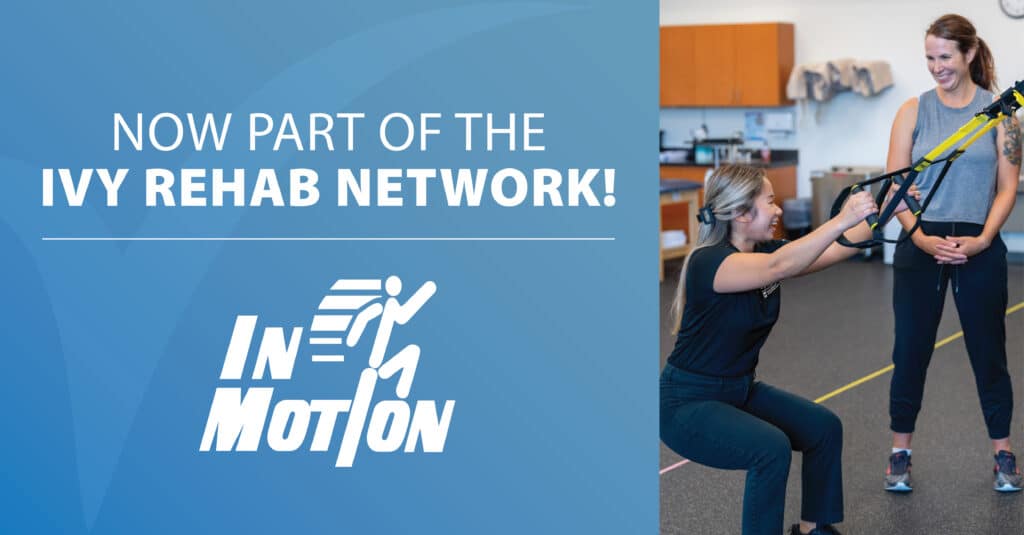Breast cancer treatment is an individualized plan developed by your physicians to remove the cancer and/or slow down its growth to prevent further issues. Physical therapy should be paired with medical treatments to address needs as they arise. If you’ve experienced early signs of breast cancer, physical therapy should be initiated at the time of diagnosis and continue throughout treatment. At discharge, periodic follow-ups for post- should be scheduled for early identification of physical changes.
What is the most common treatment for breast cancer?
While there are a few types of treatments for a , surgery is the most common treatment option. The surgery can be a lumpectomy, radical mastectomy, or modified radical mastectomy with or without reconstructive surgery. Breast reconstruction surgery may involve breast implants or muscle transplants from the abdomen or upper back during the initial surgery or anytime afterward. Patients will work with their surgical team to decide the best option for them. Lymph nodes may also be removed and tested for cancer.
Physical therapy is beneficial in addressing post-surgical range-of-motion and strength deficits, pain, core weakness, scar management, and other issues that may occur during cancer removal or reconstructive surgery.
What is the treatment for Stage 1 breast cancer?
The treatment option for stage 1, or early breast cancer stage, is the surgical removal of the cancerous tumor and enough tissue for clean edges. Radiation therapy, chemotherapy, targeted immunotherapy, or hormonal therapy may be used as well. All of these treatments can cause side effects that can impair a patient’s daily activities and quality of life.
Can breast cancer be cured completely?
Cancer treatments have advanced significantly over the past 20 years, with many options available. Due to the individual characteristics of each cancer cell, stating a patient is cured of cancer may be misleading. The earlier cancer is identified and treated, the better the expected outcome.
How is breast cancer usually treated?
Breast cancer is treated with surgery, radiation , chemotherapy, targeted immunotherapy, or hormonal therapy. The timing of each of the treatments depends on the size, stage, and cancer type. Your oncology team will individualize your treatment regime. Patients who have cancer are not just affected by the symptoms of the disease but also experience many side effects from the treatments themselves:
- Radiation can cause changes in the skin, shoulder, and other soft tissue in the areas of radiation. Symptoms can be short or long-term. They can also show up months or years later.
- Chemotherapy targets fast-growing cancer cells. A combination of drugs is often used. This is a systemic treatment and can affect the entire body.
- Targeted therapy uses a drug that attacks proteins on breast cancer cells that help the cancer cells grow and is often used to treat HER2+ tumors.
- Hormonal Therapy includes oral medications often taken 5-10 years post-treatment for those tumors which are HR or ER positive. They work by lowering the body’s estrogen levels and lowering the chance of cancer returning.
- Immunotherapy options include drugs that boost the body’s own immune system to fight cancer cells.
Physical Therapy Can Help
Prehab
A physical therapy evaluation at the time of diagnosis can record baseline measurements for a range of motion, strength, balance, cardiovascular tolerance, cognition, fatigue, and pain levels. It is the ideal time to learn exercise techniques that you may perform after surgery when you are not in as much pain. Exercise may include shoulder range of motion, breathing exercises, relaxation techniques, and aerobic exercise. Physical therapists can also recommend assistive devices, dressing aids, or home modifications.
Post-Surgery
Two to three weeks post-treatment is an excellent time to begin physical therapy. It should include techniques to decrease pain, minimize edema, increase the range of motion, and scar tissue management of breast and surgical reconstruction sites. Sessions will also include activities to improve balance and safe mobility and review any surgical precautions. A home exercise program will be put together at this time.
Ongoing Therapy
Some of the symptoms of cancer treatments resolve or diminish when treatment is over. Some can last for several months and years. Some symptoms can leave and return. Physical therapy is an important component in identifying subtle changes that may occur during and after cancer treatment to prevent further loss of function. Some symptoms may include overwhelming fatigue, pain, cognitive changes, a decrease in stamina, peripheral neuropathy, and a decrease in balance.
Pain
Pain in the breast can be acute or chronic. Immediately post-surgery, there is acute pain. Chronic pain can occur at any time and can be due to postural changes, soft tissue changes, inflamed nerve endings, or phantom pain. Physical therapy can be beneficial to assist in controlling pain.
Lymphedema
Lymphedema can be a side effect of breast cancer surgery and treatment. Lymphedema is a protein-filled fluid that may collect in the chest wall and arms of patients who have had treatment for breast cancer. It can occur at any time after breast cancer surgery and can become a chronic condition, so it is very important to see a lymphedema therapist at any time you notice “heaviness” or any change in the size of the arm, breast, or chest wall. Patients who have had lymph nodes removed or radiation to their axilla are at higher risk for lymphedema. Treatment includes compression and manual lymph drainage, and skin care.
Frozen Shoulder
Due to changes in the soft tissues of the shoulder and shoulder girdle, a patient may develop a very stiff shoulder. Physical therapy can help with some of this loss of motion as well as regain motion if it is lost.
Peripheral Neuropathy
Some of the chemotherapy drugs may affect nerves in feet and hands and can cause numbness or tingling. This can affect balance and lead to an increased risk of falling or dropping objects.
Osteoporosis
Bone thinning may occur post-treatment, and weight-bearing exercise may assist in delaying some of the bone changes with aging.
Fatigue
Fatigue associated with cancer treatment is overwhelming and not relieved with rest. Research has shown that a graded exercise program can assist with reducing fatigue. A well-balanced home exercise program will have exercises for high-energy days and a reduced program on the off days.
Ivy Rehab is Here for You
Getting a diagnosis of cancer is life-altering and overwhelming. Everyone will respond differently to this journey. Remember, there are options to help control the side effects of breast cancer recovery treatment. No symptom should be ignored, even if it seems insignificant to you at the time. And always end your medical visits with the question: “is there anything else I should know?”
Visit our website for location information or to request an appointment online.
Article By: Karin White, PT, CLT
Karin began her physical therapy career 44 years ago. She is currently treating patients who have been diagnosed with cancer and believes in the importance of providing compassionate therapy techniques to address the side effects of cancer treatment, education, and caregiver support. She currently specializes in oncology rehab and lymphedema. Karin is providing physical therapy to men and women to who have just been diagnosed with cancer, are undergoing treatment, or completing their treatments in order to address any issues that arise throughout their journey. She treats patients at Ivy Rehab in Blue Bell, Pennsylvania.






